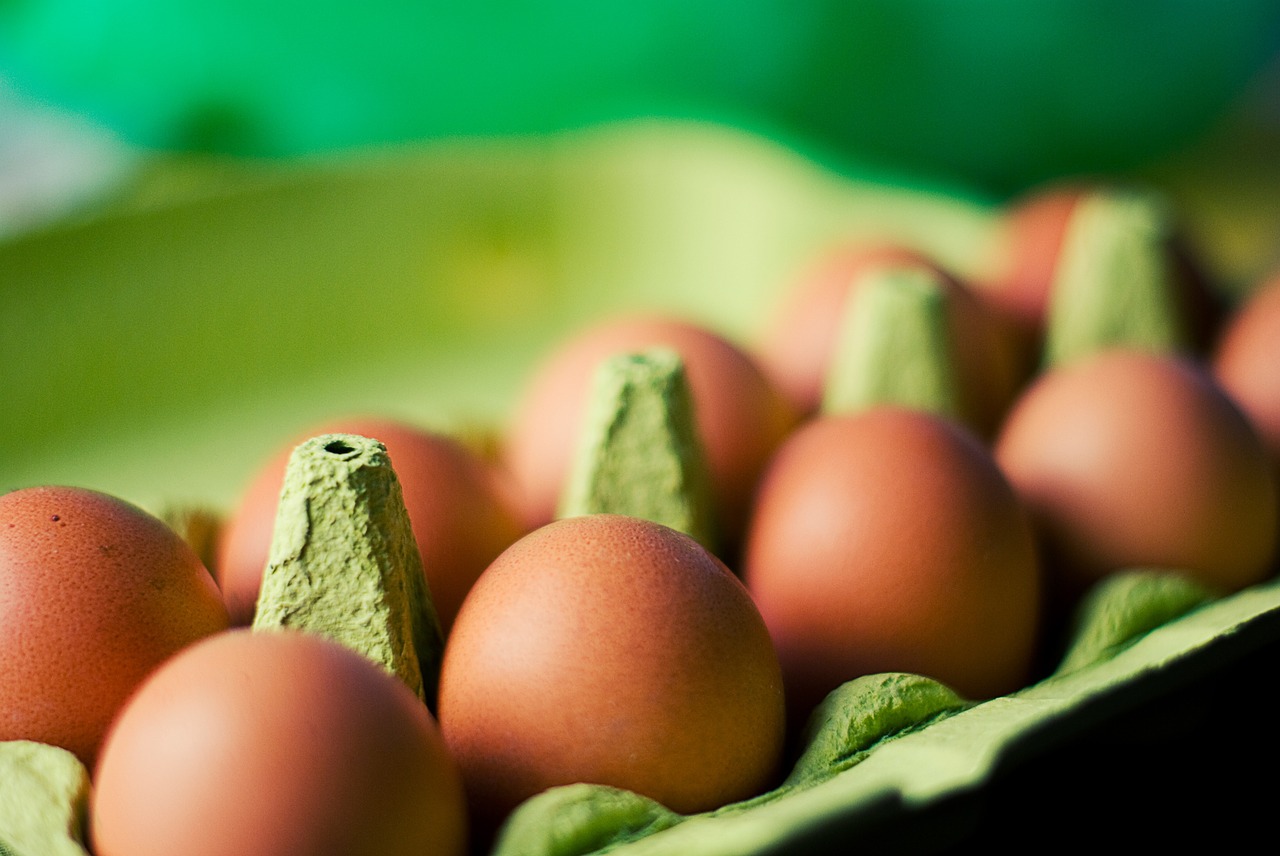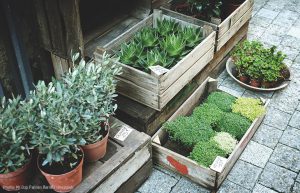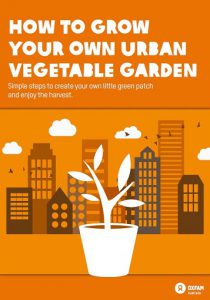Winter is here! And like us, our plant friends are freezing too. In this cold weather, a DIY mini greenhouse could be your veggie garden’s best friend! With a mini greenhouse, you can grow seeds and seedlings during winter, all whilst recycling plastics lying around the house.
Plastic consumption in our “use and throw” world has left a lasting mark on Mother Nature. That’s why we should recycle and give a second life to manufactured products that damage our planet.
Looking to get started on your very own recycled mini greenhouse? Here are some ideas.

DIY greenhouse – which recycled materials can you use?
Plastic bottles
Common household waste can easily make effective mini greenhouses.
One of the simplest ways is to use empty plastic bottles. Cut off the base of the bottle, and use it to encase the seed or seedling before planting it in the soil. As it grows, this casing will offer protection from insects and also help the plant better retain heat and moisture. The wide variety in bottle sizes means there will be a recycled bottle to suit most needs, from 700ml bottles, suitable for seedlings, up to 25 litre plastic bottles, for larger plants.
Tip: If you’re growing a seedling, be sure to keep the mini greenhouse well ventilated – too much humidity can cause the seedling to rot. You can do this by drilling or poking small holes in the plastic box or bottle, to allow fresh air to flow around the plant.
Plastic boxes
When it comes to creating a greenhouse environment for seeds, plastic boxes are nature’s best friend (no kidding!). These containers are the ideal home for starting seeds when the weather is too cold to put them in the ground. Seeds need consistent moisture levels to germinate, and plastic containers will help with that.
Download eBook: How to Grow Your Own Urban Vegetable Garden

Egg cartons
Another common household item that can offer a safe home for your seedlings is an egg carton. Egg cartons are evenly divided into 6 or 12 cells, which are the perfect size for germinating seeds.
Cut the lid from an egg carton and then poke small holes for drainage in the bottom of each cell, using a skewer or a sharp pencil. But don’t throw the lid away – place it underneath the carton as a handy drainage tray. Now you can fill each cell with potting soil and plant your seeds. To avoid overwatering, spray the seeds lightly with a spray bottle and keep the egg carton in a warm area of the house. Easy peasy!

Plastic cups
Cheap, common and non-biodegradable, plastic cups are one of the worst contributors to environmental harm. The next time you have a party, don’t throw away those disposable plastic cups! Instead, plastic cups are the perfect vessel for homemade seedbeds, which you can use as small pots for your emerging seedlings.
For each seedbed, all you need is two plastic cups. Fill the bottom cup with seed starting mix and plant your seeds, then cover them with a clear plastic cup and tape the sides. Once the seeds have sprouted, you can take the top cup off.

Recycling waste at home – reduce, reuse, recycle
Here are some other great ways you can recycle whilst caring for your garden:
- Spray Bottles. Use empty spray bottles of kitchen cleaner to lightly water your plants. Make sure to wash out all the soap first!
- Plastic Bags. The infamous plastic bag can be used to separate plants or to isolate the roots of the plant from soil.
Most disposable products can be recycled and repurposed – all you need is the motivation to consume responsibly and a little imagination! There are many simple everyday changes you can make to care for the environment. Want to learn more? Download our free eBook, How to Grow Your Own Urban Vegetable Garden.

Grow your own urban vegetable garden
Download our free eBook and learn the simple steps to create your own little green patch and enjoy the delicious harvest.
Download guide